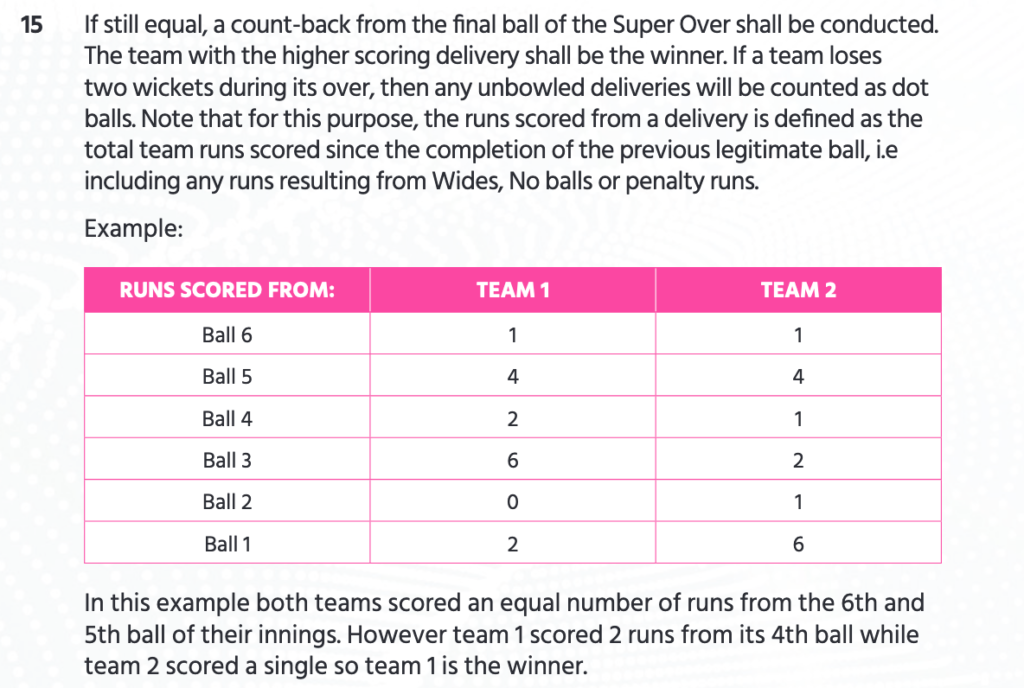Firstly, kudos to England on winning their first ICC Cricket World Cup. Both teams played like world champions and it seemed that none was willing to relent despite the pressure situation, obviously since both squads were aiming for their very first world cup success. Nevertheless, let’s say if I had to pick the quality of ground fielding I’d pick New Zealand over England. They were so solid at ball possession that at one time chasing a target of 241 seemed very daunting, no matter how good the running between the wickets was the Kiwis were making it harder to take twos. Then England needed 9 runs off the last 3 balls, and the overthrow gave them extra runs. That fateful overthrow from deep midwicket by Guptill, which hit Stoke’s bat on his second run and went for the boundary, will be long remembered. That opened the floodgates and clinched England that infamous tied score.
Going back in time, I feel for England when they were thrice runner-ups, in a sense of nostalgia, this world cup triumph of theirs was 40 years in the making! In 1979 England faced the mighty West Indies who won their second successive Prudential World Cup. Then in 1987, they were again outdone by Australia in the finals of the Reliance World Cup in Kolkata. Finally, in 1992, it would be Pakistan’s moment to lift the Benson & Hedges World Cup beating England. Their lowest point would probably be the 2015 world cup when England was eliminated in the group stage losing 4 of their 6 matches. All in all, the English were knocking the doors of world cup glory for ages, and it seemed odd for the birthplace of cricket to have never achieved this feat. Well, not anymore! Though I would have loved for them to win without all the hoopla and undue attention on the controversial boundary rule clearly meant for T20 cricket.
Background of The Boundary Rule
The entertainment value of the 2019 World Cup finals notwithstanding, as I mentioned, it came with its fair share of controversies and went down to the wire….or should I say the boundary. YES, I’m referring to the maniacal rule of the ICC in awarding the victory to the team that hit more boundaries in the match. So for the uninitiated, a boundary is not just the perimeter of the playing field but it is also referred to the scoring shot that a batsman hits to for four runs or over and beyond the perimeter for a maximum six runs. That disputable rule from Appendix F – Paragraph 13 says, and I quote:
In the event of the teams having the same score after the Super Over has been completed, if the original match was a tie under the Duckworth/Lewis/Stern method, paragraph 15 below shall apply. Otherwise, the team whose batsmen hit the most number of boundaries combined from its two innings in both the match and the Super Over shall be the winner.
ICC Men’s Twenty20 International Playing Conditions Effective 30 September 2018
Just in case if you’re wondering, that reference to Paragraph 15 further complicates matters in the event everything including the boundaries are tied despite the super-over. It’s so complicated that I just decided to post the screenshot from the rule book.

